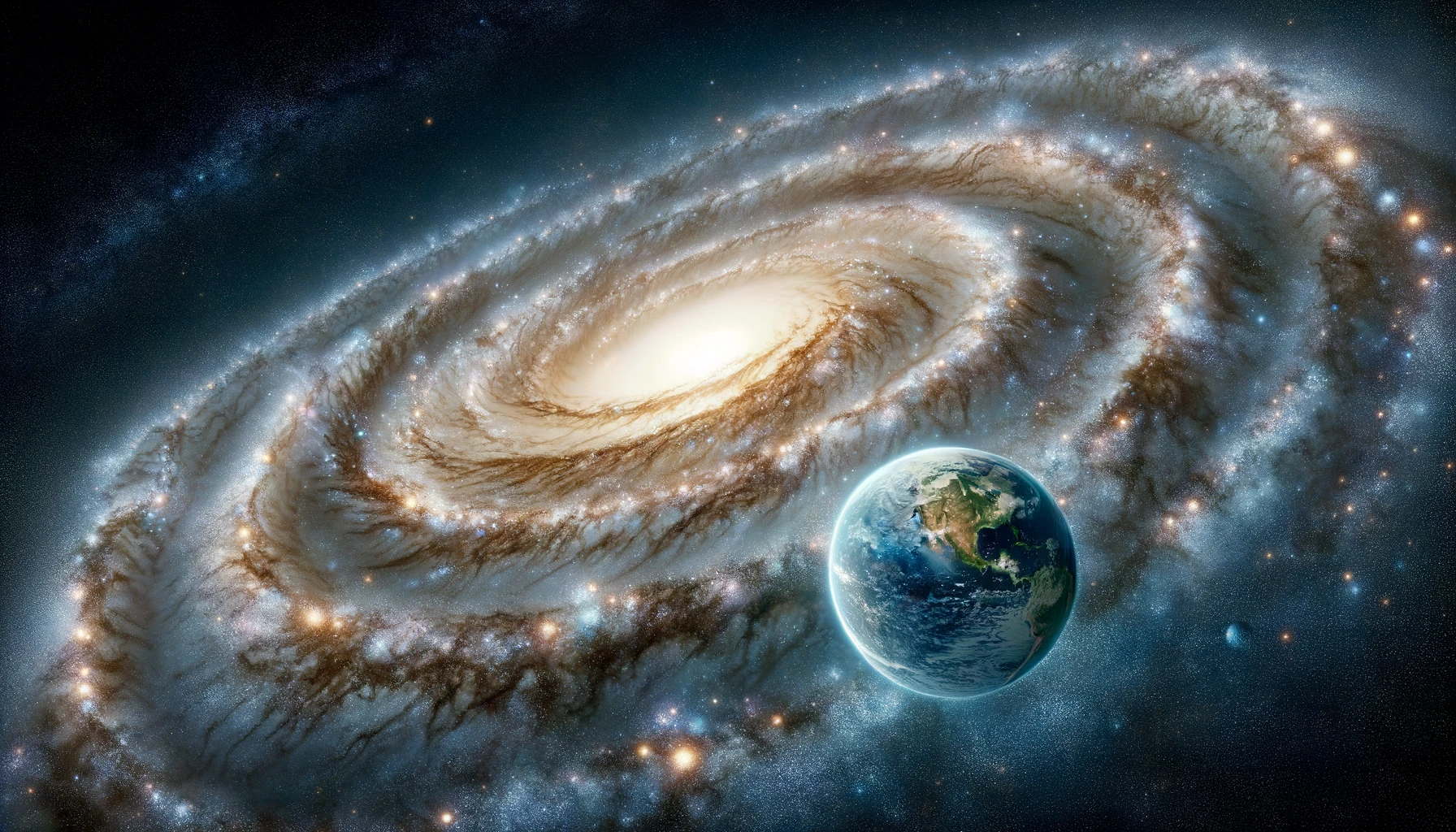The Vastness of Space: A Journey Beyond Our Solar System

Our Solar System: The Beginning of the Odyssey
1. Mars: Our Closest Neighbor
- Distance: Mars, our nearest planetary neighbor, is about 54.6 million kilometers (33.9 million miles) away at its closest approach to Earth.
- Travel Time: With current technology, a journey to Mars takes approximately 7 months. This is a relatively short journey in the context of space exploration, but it’s a significant leap for humankind.
2. Jupiter and Its Moons: Pushing the Boundaries
- Distance: Jupiter, the largest planet in our solar system, lies about 588 million kilometers (365 million miles) from Earth at its closest point.
- Travel Time: A mission to Jupiter would take around 6 years with current propulsion technology.
- Significance: The moons of Jupiter, like Europa, are of particular interest for their potential to harbor life, representing a major step in our understanding of habitability in space.
3. The Oort Cloud: The Edge of the Solar System
- Distance: The Oort Cloud, a sphere of icy objects surrounding our solar system, is estimated to be about 0.8 light-years away.
- Travel Time: Reaching the Oort Cloud with current technology is a journey beyond our lifetimes, taking thousands of years.
Beyond the Solar System: Star-Hopping
4. Proxima Centauri: Our Closest Stellar Neighbor
- Distance: Proxima Centauri, part of the Alpha Centauri star system, is 4.24 light-years away.
- Travel Time: With conventional propulsion, reaching Proxima Centauri would take over 20,000 years. A generational ship could make the journey, but it requires technology beyond our current capabilities.
5. The Milky Way Galaxy: Our Cosmic Home
- Scale: Our galaxy spans about 100,000 light-years.
- Colonization Time: Even at the speed of light, colonizing the Milky Way would take hundreds of thousands of years, highlighting the immense challenge of interstellar travel.
Venturing to Other Galaxies: The Ultimate Frontier
6. Andromeda Galaxy: The Nearest Spiral Galaxy
- Distance: The Andromeda Galaxy is approximately 2.537 million light-years away.
- Travel Time: With our current understanding of physics, reaching another galaxy is practically impossible within a human lifespan.
7. The Observable Universe: The Grand Scale
- Size: The observable universe has a diameter of about 93 billion light-years.
- Implications: The sheer size makes most of it unreachable with our current or foreseeable technology.
Conclusion: The Need for Advanced Technologies
- Current Limitations: Our present understanding of physics and technology limits us to exploration within our solar system and, at best, to our nearest star systems.
- The Alcubierre Drive: Theoretical concepts like the Alcubierre drive, which involves bending space-time to achieve faster-than-light travel, represent the kind of revolutionary technology needed to truly explore our cosmic neighborhood.
- The Future of Exploration: To venture beyond our solar system and eventually to other galaxies, we need breakthroughs in physics and engineering. The universe is vast, and its exploration is the ultimate challenge for humankind, pushing the boundaries of our knowledge, technology, and imagination.
Is our current understanding of physics and technology correct? Meaning that we can’t travel faster than light, making interstellar travel impossible? This could be the answer to the Fermi paradox… or maybe not. We don’t know. But we can’t give up. We need to keep exploring, keep pushing the boundaries of our knowledge and technology. We need to keep dreaming. Because that’s what makes us human.